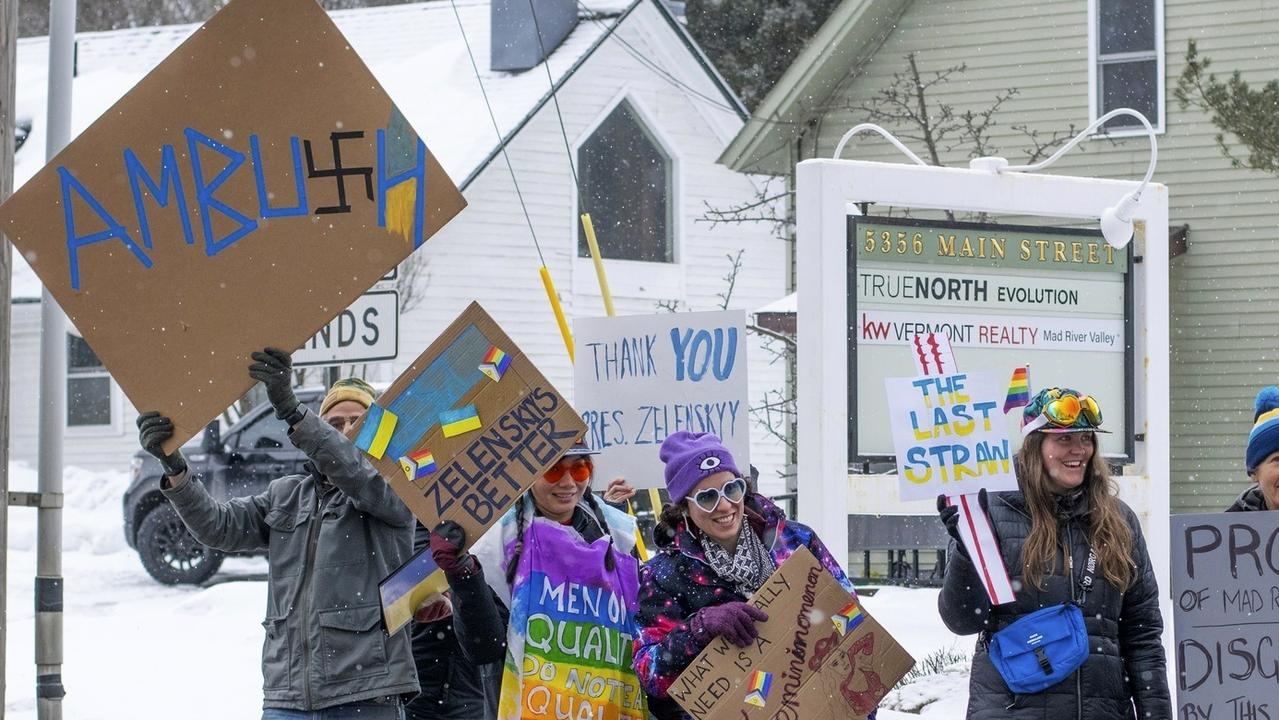Australia’s crucial role in helping to rebuild Afghanistan
THE Afghan National Army’s intelligence running sheet for the Qargha district, reads like a Marvel comic-book movie script.
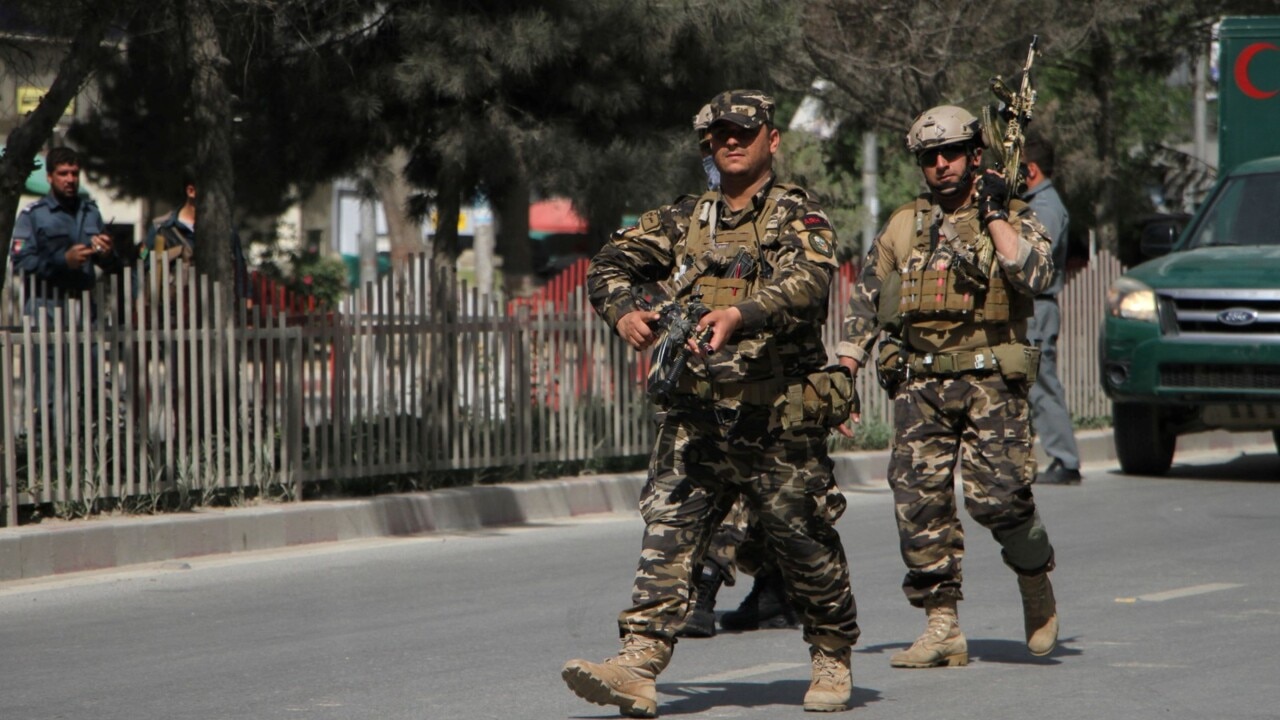
World
Don't miss out on the headlines from World. Followed categories will be added to My News.
THE Afghan National Army’s intelligence running sheet for the Qargha district, reads like a Marvel comic-book movie script.
It’s all feuding warlords and insurgents, bomb-wielding terrorists and criminals moving about ancient mountain-side hideouts where rival cohorts gather in secret staging areas to plot joint strikes on the Kabul capital a few kilometres to the east.
It was here in 326BC that Alexander the Great stopped over and a thousand years later Genghis Khan followed, before the Soviet army set up camp for a decade of entrenched guerrilla warfare against the Mujahideen in the 1980s.
Junk and trinket markets laden with corroded and in some cases indistinguishable remnants of past epochs lay testament to the melting pot of influences that have passed through this area.
It’s an important region for the good, the bad and the historically great and today in the heart of this strategic plateau at the foothills of the spectacular Hindu Kush mountain range is a small garrison of Australian soldiers hoping to make an equally historic difference.
MORE: Female soldiers’ inspirational new role
RELATED: Shorten’s surprise visit to Afghanistan
EXCLUSIVE: Shorten snubs Diggers to go shopping
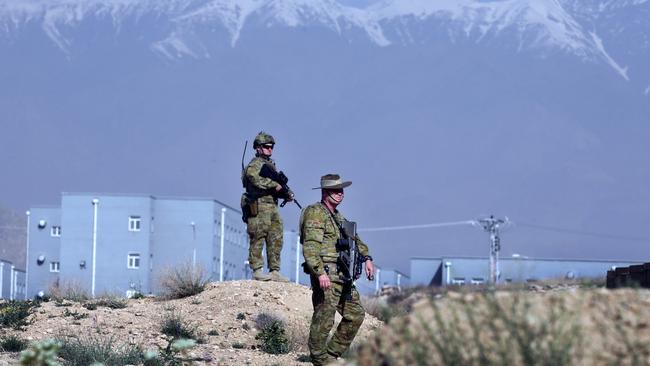
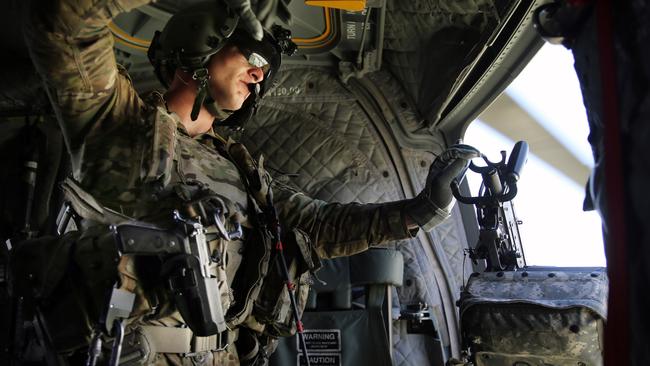
The fortified outpost Camp Qargha is central to the Australian Defence Force Task Group Afghanistan’s Operation Highroad which has deployed 300 personnel to various sites in the country including Kabul, Kandahar and Qargha as part of the broader NATO-run Resolute Support to train, advise and assist the Afghan National Defence and Security Forces.
Australia has had troops in this embattled country for 17 years, since the US-led invasion in response to 9/11 NY terror attacks.
But while the ADF’s frontline fighting force left in 2014, it continued to rotate personnel through as part of its training and assist mandate.
And that makes places like Qargha just as dangerous.
The garrison includes some of the tri-services’ most senior men and women, engaged to help Afghan at three military academies nearby.
An empowered military is not what the Taliban or other insurgents such as the Haqqani network, Islamic State Kohorasan Province or Pakistani-backed militants want.
The ADF is effectively training the Afghan trainers, at all ranks and levels to create a more effective and inclusive Afghan force to secure the nation once and for all. Something Afghan’s high command is desperate for.
MURDER: Suicide bombers target media, foreign offices
“They’re open minded to different ideas, they have a good training system and all we are trying to do is help them develop the training system they have, not trying to change it in anyway, not trying to put an Australian stamp on it, just develop systems they have which is workable but needs improving,” said Warrant Officer Brian Buskell, formally from Panania in Sydney’s south west now Townsville based.
Father of four Buskell is one of the Australian Army’s most experienced soldiers, a former 2nd battalion regimental sergeant major and 30-year veteran with 12 mostly conflict zone deployments. His knowledge base is invaluable for the Afghan’s trying to rebuild its force, depleted from a generation of war and widespread corruption.
Qargha is also where the ADF runs a large workshop to repair and service Australian, British, Danish, American and German fighting vehicles either stationed at Qargha garrison or Kabul, making it integral to the overall plan to reboot Afghanistan.
“We are first line support and you could say we are busy yes,” said workshop supervisor Sergeant Mick Payne from Nowra NSW.
For this, the fortified camp remains a target for the foothill insurgents and the cadre of ADF tasked there require highly trained Force Protection Element (FPE) soldiers also known as “Guardian Angels” to protect them, their camp and partner coalition mission mentors at the academies 24/7.
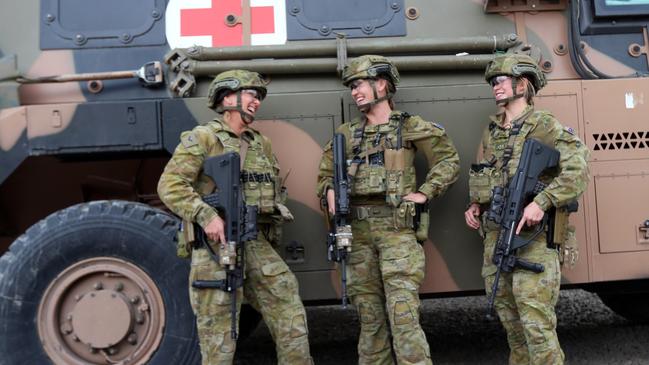
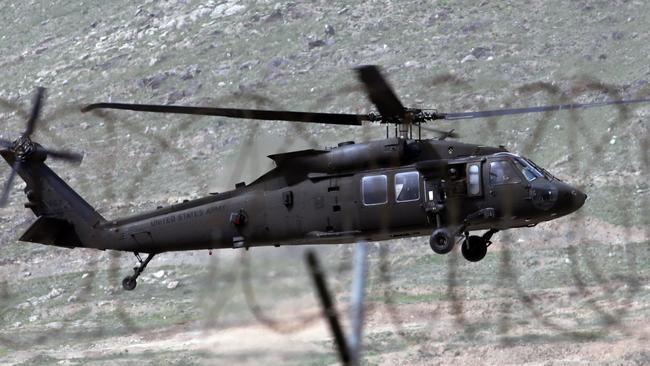
THE THREAT IS OUT THERE
The FPE have an arsenal of weapons at their personal disposal as well as the Bushmaster with its mounted MAG-58 machine gun but they are also up against a force of well-armed unknowns.
Earlier this year an attack on the camp by ISKP saw 11 Afghans killed; it was in the next door Marshal Fahim National Defense University which houses the mentor academies where an American general was killed in 2014 in an insider attack, the highest rank to be lost in decades of Afghan and Iraq wars.
“The threat out there is there but as long as you are doing everything right, you can’t go wrong,” 27-year-old Guardian Angel Corporal Moira Walker said.
Together with 20-year-old Private Chloe Hunt and Lance Corporal Linda Keefe, 44, the three women provide the cover for the mentors training particularly the female Afghan ranks.
All FPEs or Angels know the risks of “green on blue” threat of an insider attack following the rogue Afghan soldier that turned on Australian colleagues in August 2012, killing three soldiers and wounding two others. More recently, two NATO Romanian soldiers were also killed by insiders in 2016.
REVEALED: Aussie vets one-stop shop
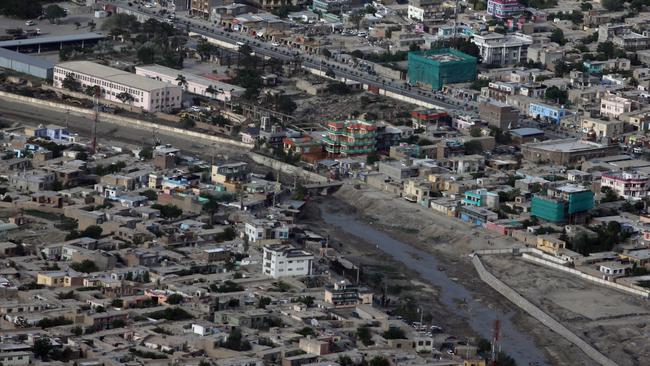
“We’ve trained months and months for this, ”LCpl Keefe said.
“It’s mentally draining because you are always alert but physically we have trained enough with the boys so we’ve been brought up to standard to actually be able to do the role so we are really enjoying it..”
One of those boys, 23-year-old Private Thomas Lynch said it was an understood danger.
“We are facing a much more complex situation where there is not a conventional force or conventional enemy, no distinguished side, they can come from anywhere, anything,” the focused soldier said.
“It may not be terror related it could be anything really so we have to be alert and ever present for things that could pop up and threats that appear out of nowhere … it is a little more hostile than what I thought but pleasantly I’m surprised how welcoming it has been especially by the local Afghan and the Afghan National Army. We are not here to create enemies we are here to make friends, we are here to strengthen ties and help them our rebuild their country and that starts with rebuilding a force that can go out and protect the local populace.”
Brigadier Peter Connor said: “We really to my mind punch above our weight in what we do and how we influence this mission and make a difference to Afghanistan.”
AFGHANISTAN’S BOMBING MILESTONE
WITH little to no fanfare, something of a milestone was crossed a fortnight ago that sums up this 17-year war in Afghanistan.
US forces in the embattled nation dropped more bombs and rockets about the battle-scarred hills of the country in the first four months of this year than at the height of the war in 2011, the year Osama bin Laden was killed.
The US has spent the past three years drawing down operations from almost 100,000 troops to an estimated 20,000 but the dropping of munitions rose from a little over 1000 in the first four months of 2011 to more than 1400 now in the same period.
While Afghanistan rarely makes front page news these days make no mistake, the war is still raging in earnest with at least 12 identifiable insurgency groups including the Taliban and Islamic State Khorasan Province (ISKP), battling Afghan government forces being indirectly assisted with the train and assist mandate by more than two dozen NATO-led coalition forces including from Australia backed by the US-led ranks that are now again growing in size and frontline bomb-dropping and ground firing operations.
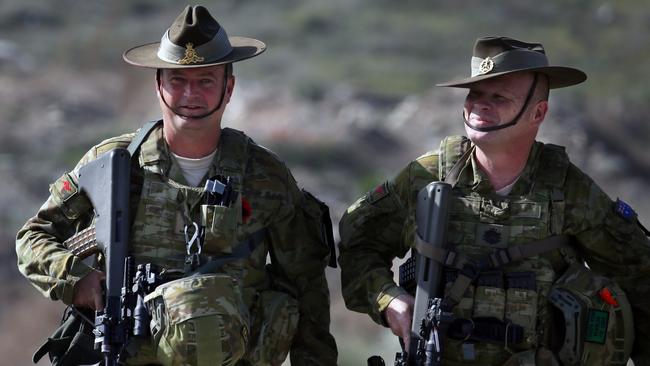
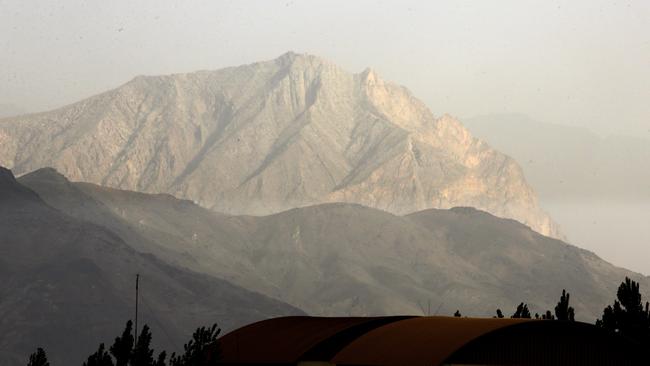
Sadly too, conflict-related civilian deaths largely from indiscriminate insurgent attacks hit near record highs so far this year with more than 800 including the targeting of journalists this week, in a twin bombing attack that killed 29 people including 10 journalists and two separate shooting executions of correspondents including BBC’s local man.
And both disturbing munitions and death figures will rise.
President Donald Trump has hinted he was now shifting away from Afghanistan’s conflict while NATO nations, particularly Germany, increased its deployment numbers.
The Taliban announced it would increase its spring offensive attacks and has done so as have the ISKP which claimed responsibility for this week’s twin bombing attack as Afghan forces alone in one week last week, retaliated with 98 enemy engagements across the country confirm killing more than 400 insurgents.
Originally published as Australia’s crucial role in helping to rebuild Afghanistan


